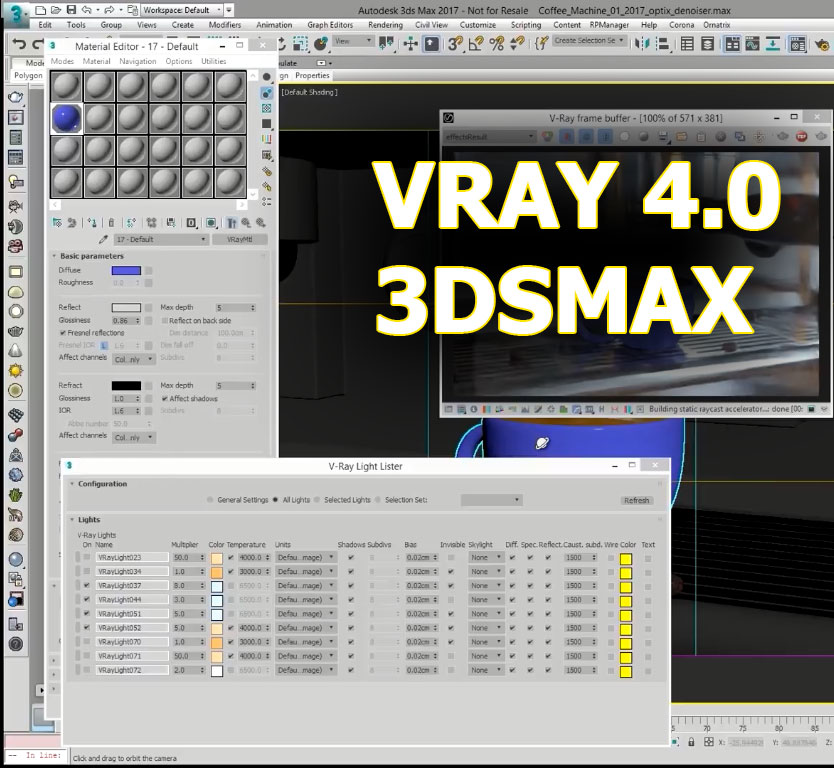


Please refer to the Help docs of your software to get the basics of how this system works. IF you light intensity are way high but your exposure is to low then everything will be dark and vice-versa. You can place light, but if the intensity is too low then everything is will be dark. You need to adjust the three of them or two if exposure is combined to your camera, to have correct lighting. V-Ray is a rendering engine that uses global illumination algorithms, including path tracing, photon mapping, irradiance maps and directly computed global illumination. Third is related to the above, and this is the exposure control (this what is being called with shortcut 8 for 3D Max) Second the camera, Here you adjust your view and in some software, you adjust the exposure, this means how sensible is the camera is to the light intensity, think of your cellphone or real-world camera. Important to mention that this “NEXT” engine is a completely new architecture that includes Hybrid rendering function for using both CPU and GPU for calculating your image.For every render engine and 3d Software, you have 3 element that works together to get correct lighting,įirst is the light itself, you need to adjust the light intensity or energy as it should happen in real life, this could be with candelas, watts or any other unit used in your 3D Software. So keep following the upcoming video tutorials!

We are going to cover more of VRay 3.6 vs. GPU real-time fast rendering with IPR option for crazy fast results.

Whoa! from 3.28 hours down to 1.20 hour of render – that’s 3.5 times FASTER!Īnd it got a bunch of other new cool features, like the: This phenomenal speed comes from completely new hybrid algorithm that introduces VRAY NEXT features. VRay NEXT with Adaptive DomeLight – that can speed up your renders up to x7 times! Check this back to back render comparison of old VRay 3.6 vs. In this video, we will learn how to make a round texture for footpath sideline in 3ds max 2020 - Vray 4.2 With Just Sweep and Realworld Mapping Texture Tri.


 0 kommentar(er)
0 kommentar(er)
